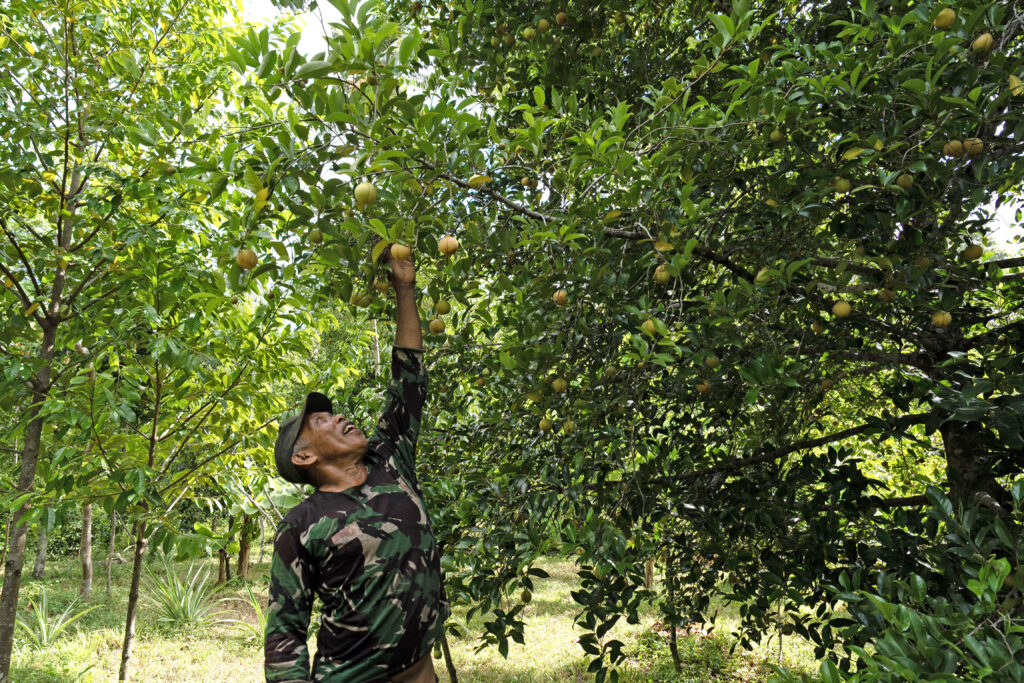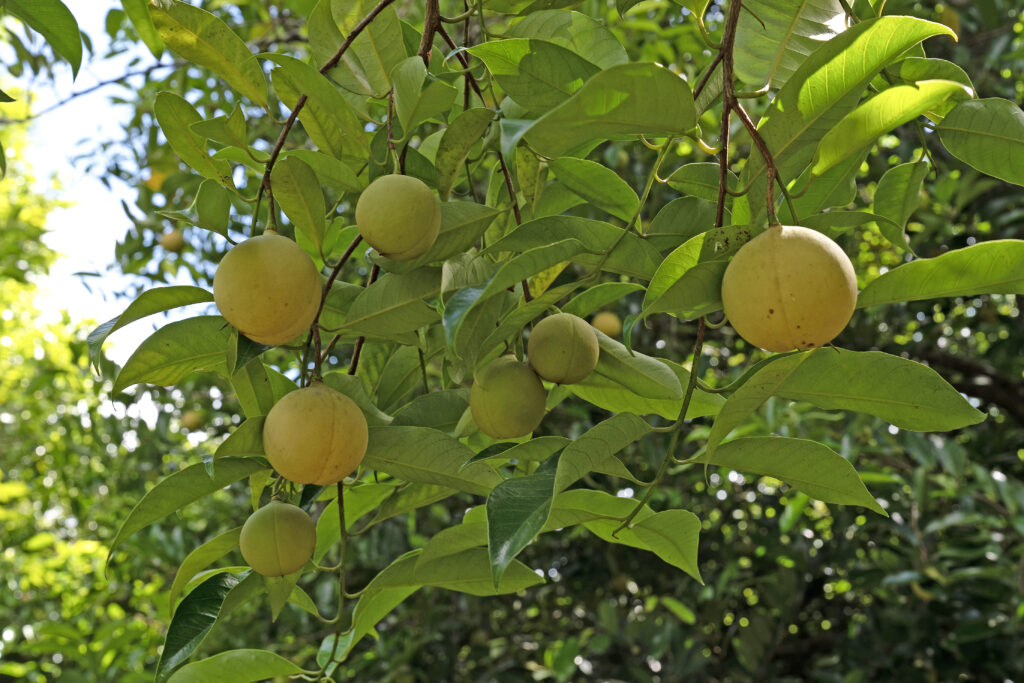A Brick Lane Circle project
Developed and delivered by Dr Muhammad Ahmedullah

Most of us have heard about Christopher Columbus, the first European to find the Americas in 1492, trying a westerly route to the spice islands of Asia based on what the new sciences were telling about the Earth being spherical and orbiting the sun. Eastern spices in Europe were very expensive and highly sought after, making the spice trade a highly lucrative affair for those engaged.

If you go to the places which have become known as the Spice Islands, what do you see? You will see tranquillity, cone-shaped mountain islands, lush greenery, clear-watered sea, volcanoes that are still active, people going about their businesses and growing, harvesting and processing cloves and nutmegs as well as some cinnamon now. However, once nutmegs and cloves were exclusive to certain islands, but now they are grown across all the spice islands and beyond. The tranquillity of the islands tries to hide their violent past, but signs of big power rivalry, conquests, violence and foreign control are found scattered all over in the form of ruins of buildings and forts and canons actings as resources for heritage learning and tourist attractions.
Funded by the Spanish Monarchy, Christopher Columbus sought to get to the sources of valuable Asian spices, cut all the intermediaries out of the process, obtain them cheaply and sell them at high prices in Europe. Although the Spanish, with Columbus’s voyage, didn’t find the spice islands of the East, what they did find was worth it – very, very much. While the native peoples that came under Spanish domination suffered, were marginalised, exploited and killed, including many genocides, the Spanish built a vast empire, and Spain became very rich. For nearly a Century, they were undoubtedly the only world’s maritime superpower.
The Spanish were the first Europeans to find the land of the Americas in 1492, which opened up undreamed opportunities for Spain; they exploited this with zeal, greed and ruthlessness. Within a few years following the Spanish arrival in the Americas, the Portuguese navigated successfully into the Indian Ocean through the southern tip of Africa in 1498. Not long after arriving in Asia, the they took forceful steps to establish strategic settlements: Goa in 1510, Melaka in 1511 and Hormuz in 1515. Although the they tried to take Aden to control the entrance to the Red Sea, they failed to achieve this, and the Red Sea remained outside their control.
The Portuguese aimed to control the Indian Ocean from the Cape to Japan and develop strategic points across the vast region from where they could impose their will to loot wealth, extract a lucrative piece of the Indian Ocean trade and earn additional income through taxation and serving as mercenaries. Soon after they conquered Melaka in 1511, they sent their ships to the Spice Islands. By 1512, they had visited the Banda Nutmeg Islands and established a settlement on the clove island of Ternate, several hundred miles to the north, at the invitation of its Sultan.
The Spanish and the Portuguese divided the world into their respective spheres through a ‘papal bull’ by Pope Alexander VI, and they spent the rest of the sixteenth century enjoying and expanding their respective empires and influences: Spanish in the Americas and the Philippines and the Portuguese across the vast Indian Ocean region from the Cape to Japan and Brazil. However, by the end of the sixteenth century, two new European nations – England and the Netherlands – were aspiring to get a piece of the spice trade directly from the source. They didn’t enter the European craze for Asian spices as allies but as rivals. Each sought to get the spices directly themselves and for their profit, and in the process – from the beginning of the English East India Company’s entry into the Indian Ocean in 1602, five years after the first successful Dutch voyage into the same waters in 1597 – they engaged in conflicts and eventually to open warfare. This culminated in the expulsion of the English from their stronghold of Pulau Rhun (Run Island) in the Banda Nutmeg Island archipelago in 1620 and, a few years later, the execution of ten Englishmen in Ambon by the Dutch who accused them of treason.
The East India Company Spice Wars Stories project focused on the first twenty-five years of the English and the Dutch entering the space race and the unfolding conflicts between them. Brick Lane Circle applied for funding from the National Lottery Heritage Fund in 2022 to run the project. On receiving funding approval, more than a dozen individuals from London’s diverse communities were recruited to engage with this history; they were trained, mentored and supported to fictionalise aspects of the history they found inspiring for modern audiences. The project took about two years to compete with a publication of fifteen fiction stories, an exhibition with workshops at Mile End Arts Pavilion in October/November 2023 and a book launch in June 2024 at Tower Hamlets Town Hall.
How did the project originate?
There were several factors behind the development of the project idea. On the one hand, Brick Lane Circle has been running discussions, heritage walks and projects on the English East India Company since 2007. Over the years, we have come across many archival primary sources and interpretations. Trying to understand how the English East India Company was set up and reading some of the records that have been preserved from that period, including ship journals from the First Voyage of the East India Company, opened up insights that were not found in interpretations. On the other hand, a chance encounter with an article by Wil O. Dijk on the internet called ‘An end to the history of silence? The Dutch trade in Asian slaves: Arakan and the Bay of Bengal, 1621 – 1665’, introduced the idea of early 17th Century Bengali slavery and the Banda Massacre in 1621 by the Dutch. We knew nothing about it then and never heard of the Banda Islands.
That introduction to the Bengali slavery story and the Banda Massacre stimulated an intense curiosity about the subject matter, and we wanted to learn more.
Subsequently, we learnt more about the European spice race or spice wars, how the Portuguese were the first Europeans to bring back spices directly from the sources in the early 16th century, the efforts made by the English and the Dutch to have a slice of the spice trade – unlike the English, the Dutch sought to establish a monopoly of the clove and nutmeg trade. Eventually, the Dutch established a monopoly of the two most expensive spices in the world – nutmeg/mace and cloves. This was achieved through ruthless violence, taking over many Portuguese settlements, evicting the English, massacring the Banda Islands population and bringing slaves to work on the perkens (plantations), sold to Dutch Perkeniers (planters), who were given the responsibility to supply nutmeg at a fixed price to the Dutch East India Company, VOC.
By 1616, the Dutch had established control over most of the Banda Islands archipelago – through direct conquest in some cases and forced contract in others. The only island unconquered was Pulau Rhun (Island Run), famously claimed by King James 1, as two English ships arrived in December 1616 under the command of Captain Nathaniel Courthope and managed to get the leaders to sign away their island to King James in exchange for security, food and other things. However, the Dutch immediately put a seize around the island and prevented the English settlement in Rhun from being resupplied for nearly four years. When Captain Nathaniel Courthope was finally shot dead by the Dutch in October 1620, the English resistance collapsed, and the Dutch took over. About four months later, the Dutch Governor-General, Jan Pieterszoon Cohen, arrived with a large fleet to finally subdue the whole of the Banda archipelago once and for all. His efforts resulted in the full conquest and execution of more than forty leaders on the pretext of treason and population displacement. This resulted in the genocide of the Banda Islanders.
Some footage of the Banda Islands
As part of the journey to make sense of the history, I worked on the story of Bengali slavery – based on the sixteenth/seventeenth century history of regular slave raiding by the Arakanese and Portuguese along the coastal areas of Bengal, from Chittagong to Hugli, and sometimes even going near Dhaka along the Megna River. Wil O. Dijk’s article provides details of men, women and children captives sold as slaves to the Dutch, who transported them to Batavia (Jakarta), picking up more along the way from the Coromandel Coast of India.
In order to construct a plausible story, I found it necessary to visit the Banda Archipelago and some of the major destinations in Asia that the Portuguese, the Dutch and the English came to get spices from the East
This is a very fascinating history, and it has been explained very clearly. I look forward to finding out more details about this period!